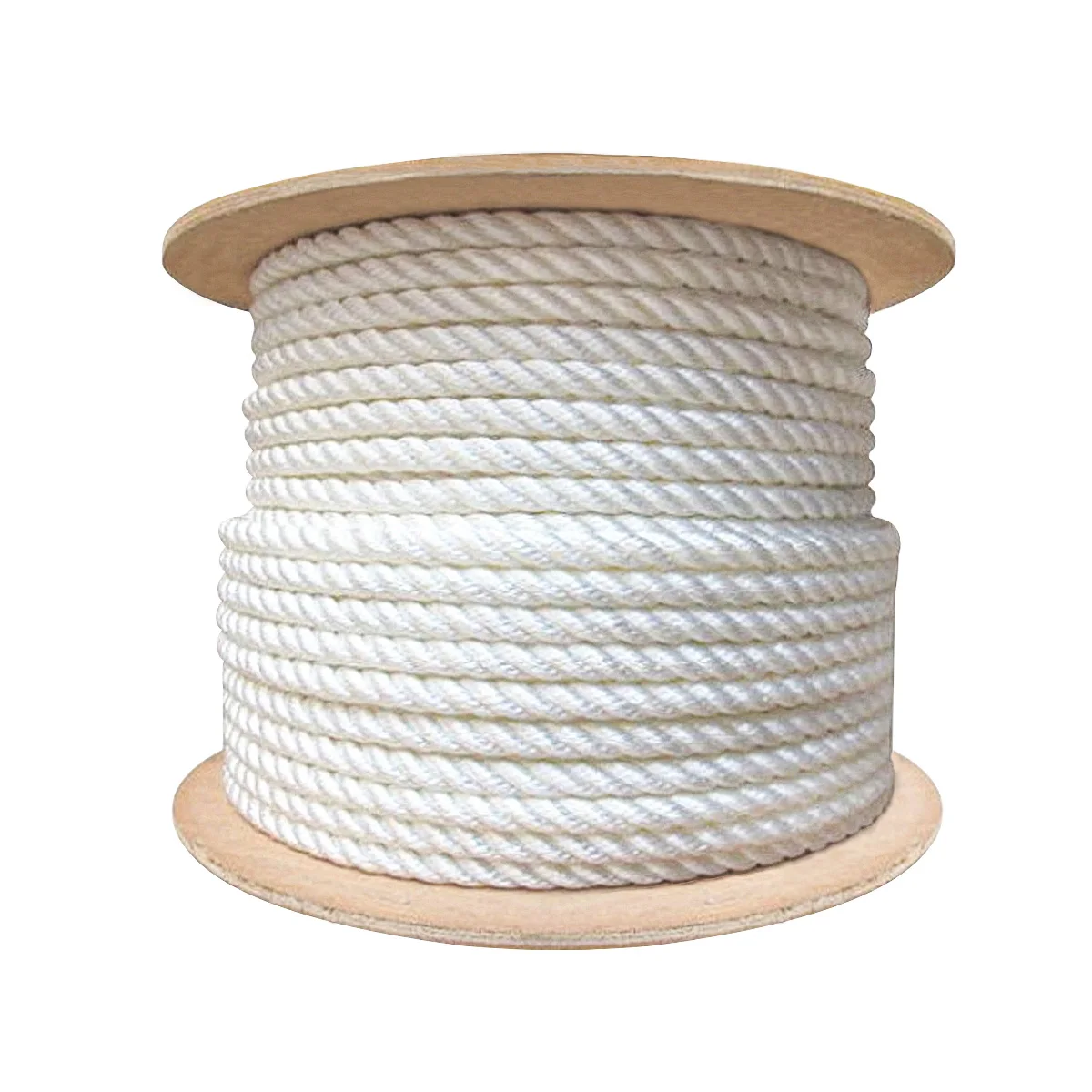Breaking News: New Insights from the Coast Rope Industry

The coastal rope industry has also introduced a cutting-edge prototype that will soon change the way we use ropes - forever. Experts are lauding the design and engineering as breakthroughs that promise to be stronger, more flexible and longer-lasting than traditional boating ropes on other coastlines around the world. The up-to-date prototype is to offer key advancements in all applications, including shipping, building and offshore energy production.
This prototype is the culmination of years of research and development by industry leaders. They saw that a new breed of high-strength ropes were required to support the heavier loads and competitiveness created by modern shipping and energy production. It is poised to create a significant competitive edge for companies in these sectors, with reduced costs and increased efficiency.
Alongside these economic facets, sailing rope are particularly key to the world economy. Bolting tools are a common piece of equipment used in applications ranging from shipping, to fishing, construction and offshore energy production. Over the years, Consequently, it has been a major part of the global economy driving huge annual sales for coast rope manufacturers.
Coast lines are also of ancient origin its history is deeply enwound in the race and human development. They have long helped construct ships designed to explore and claim new lands. More so, they have helped in fostering trade and commerce that has also added to the built up of cities with rafts contributing significantly for nation variables.
The coast rope industry has been shown to have a great environmental footprint, work that was long overlooked and made necessary reinvestigations. Production and disposal of these ropes, which significantly use fossil fuels + water resources + raw materials pollute the air, water & land with risks for environment & human health.
Despite controversy surrounding this, some others across the industry concede something must be done to tackle our environmental sins. Corporates are looking at alternative forms of production and materials which could lead to a lighter carbon footprint with their products.
The marine rope was expected to spur significant alterations in the coast-rope sector by industry leaders, now made more dramatic following release of the game-changing prototype and reports on environmental harm caused from it. In response to rising sustainability concerns from customers, regulators and society at large many anticipate companies will turn to new technologies and sustainable practices. Implementing these practices can increase the brand value, promote customer retention and ride out market volatility or disruptions.
An investigative report brings to light the unbalanced labor practices in the coast rope industry, with subpar wages, impossibly long hours and dangerous working conditions For ethical supply chains, companies must set a priority on fair labor practices, decent working conditions and wages for workers in the producing countries and have responsible sourcing strategies.
The future of the mooring rope industry will definitely be sculpted by these recent developments. The new prototype promises to raise industry performance, the media focus on the environmental damage caused by our industry shines a spotlight on sustainability efforts. At the same time, an emphasis on labor practices underscores responsible capitalism and supply chain governance. These changes are exciting for the coast rope industry, and those companies that adapt to them will likely come out of this ordeal stronger.